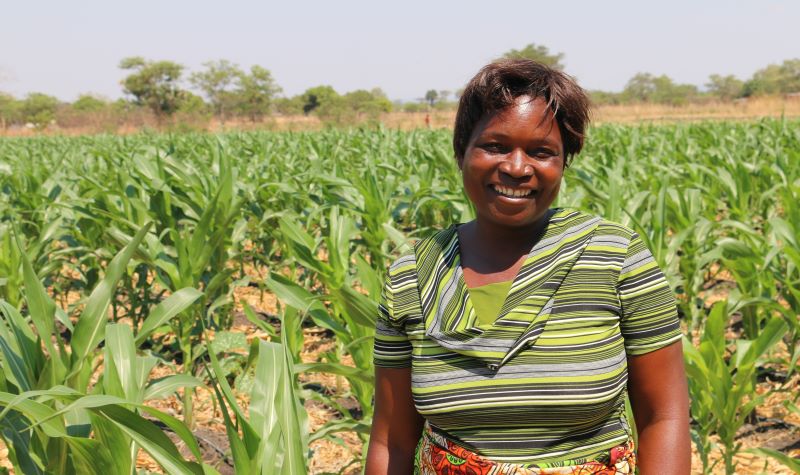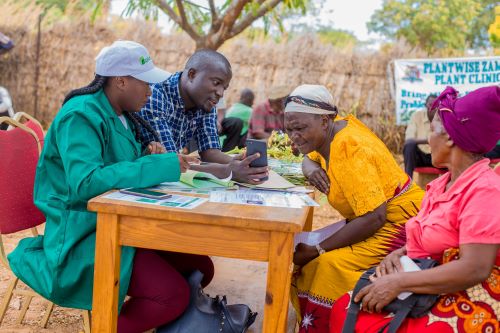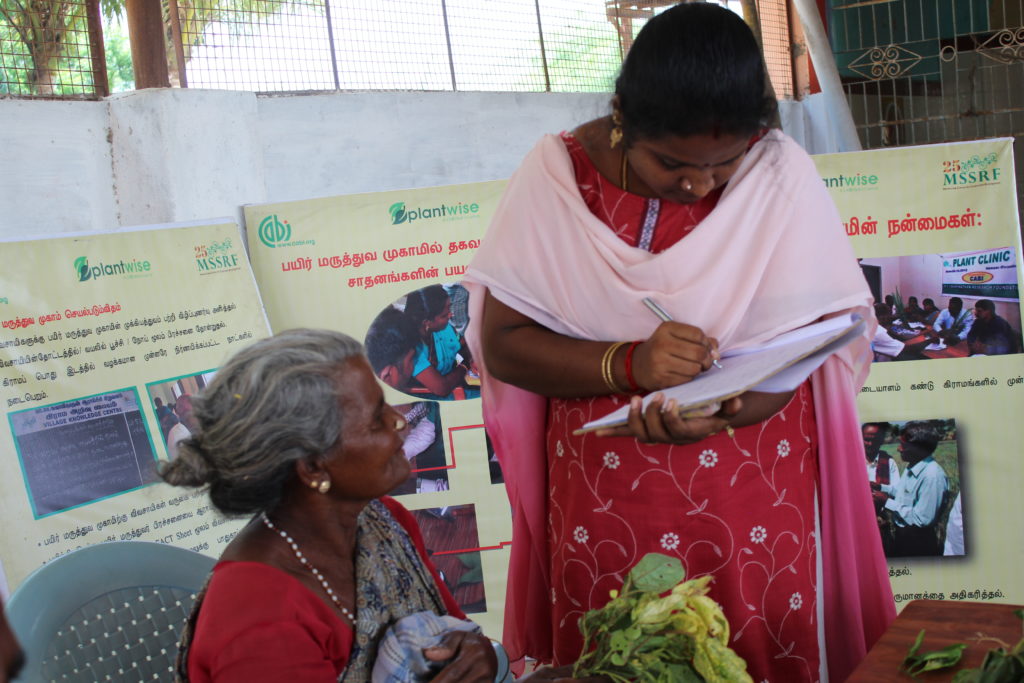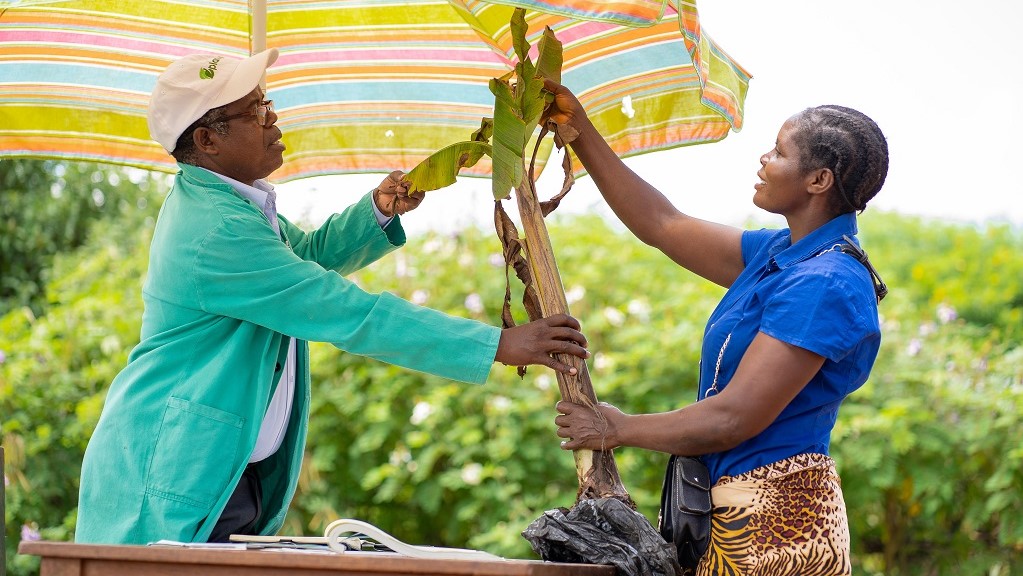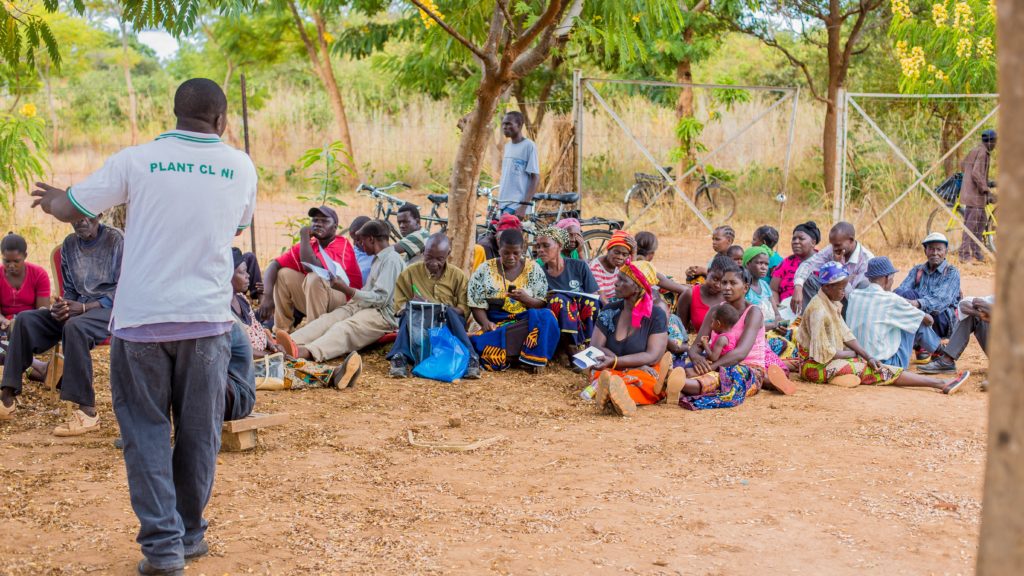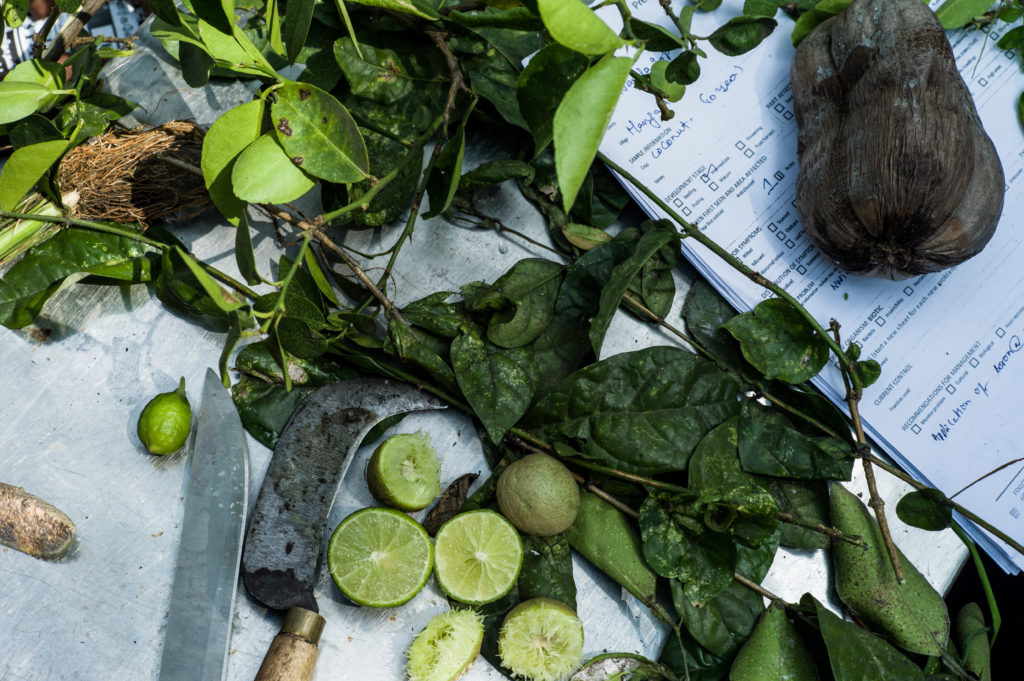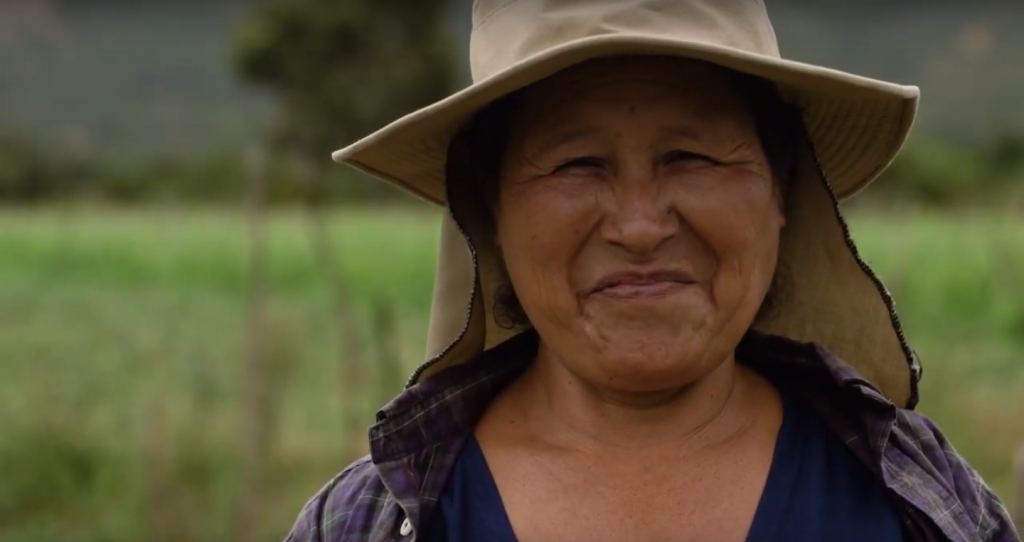Women in rural agriculture: a CABI interview
Women play a significant role in agricultural production. Although women have limited say in decision-making on family farms, they make up nearly half of the global agricultural workforce. However, female farmers face a number of barriers, which must be addressed if we are to achieve a number of Sustainable Development Goals, including SDG 5: Gender…
Plant clinics: Gender impacts in Zambia
Women are key to the future of agriculture and ending world hunger. Currently, female farmers make up 43% of the global agricultural workforce and play an important role in farming production and improving food security. However, the hurdles women face are real. Women often find it harder than men to access agricultural information, finance and…
More women are getting access to plant health advice through Plantwise and they grow the same crops as men
It is widely known that women have less access than men to agricultural extension services. Extension agents most often speak to household heads who tend to be men, as well as other male farmers. Plus, the extension agents themselves also tend to be men. Women often work longer hours than men too (12-17 hours per…
More than advice: farmers say paid-for extension must provide a “bundle of services”
Agricultural advisory services are a critical factor to promoting agricultural development, and investments in extension services are potentially important tools for improving agricultural productivity and increasing farmers’ incomes, two desirable outcomes of food security and poverty reduction articulated in MDGs and SDGs.
Plantwise and Syngenta Foundation India train rural youth to be agri-entrepreneurs
In August this year, Plantwise signed a partnership statement with Syngenta Foundation India (SFI) to collaborate on their flagship programme, Agri-Entrepreneur Enterprise. Under the programme, mentors who support agri-entrepreneurs – known as AEs – in achieving a sustainable enterprise form a fundamental part in capacity building. Plantwise and SFI collaborated on training the mentors who…
How can tomato farming be improved in Kenya? Study finds producers face a ‘myriad of constraints’
In a recently published paper in Scientific African, CABI’s Willis Ochilo led on a study which captured a better understanding of tomato producers in Kenya, describing in detail the production practices in order to identify challenges and opportunities for increasing tomato productivity for the country’s smallholder communities. Tomato is a good source of vitamins A…
“We the women can do it.” Meet Jacinta, a farmer from Bolivia
In a new video, Plantwise follows the life of Jacinta Delgadillo, a farmer from Comarapa, Bolivia. Jacinta and her family grow beans, peppers, and other crops for food and to generate an income. When the crops are attacked by pests and diseases, Jacinta uses her local plant clinic to gain knowledge on how to better…

